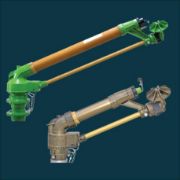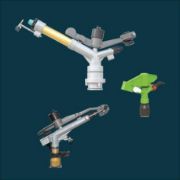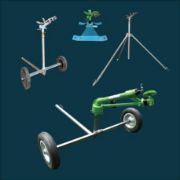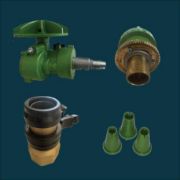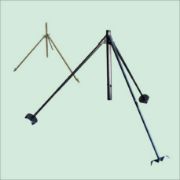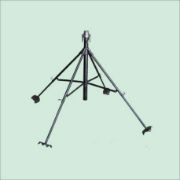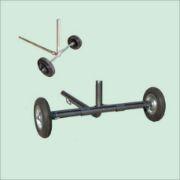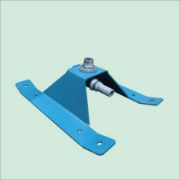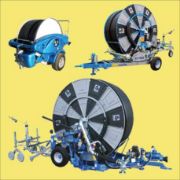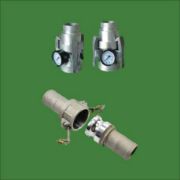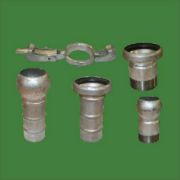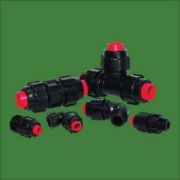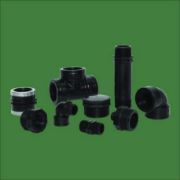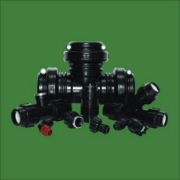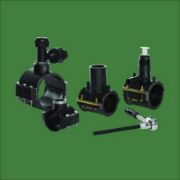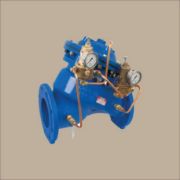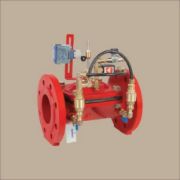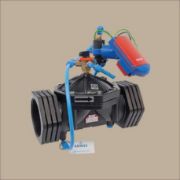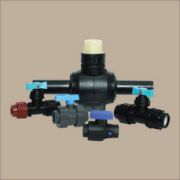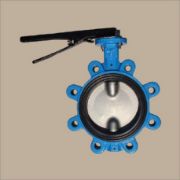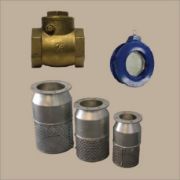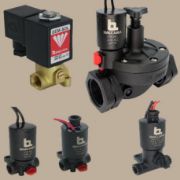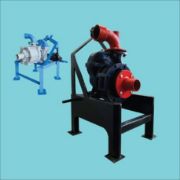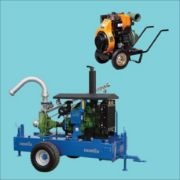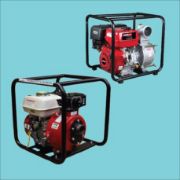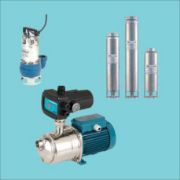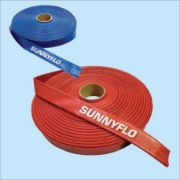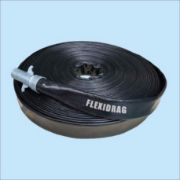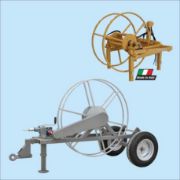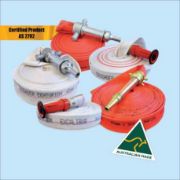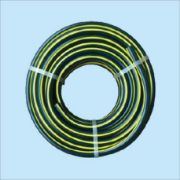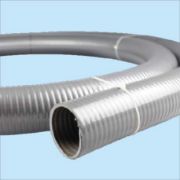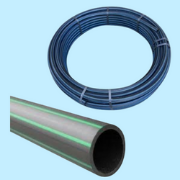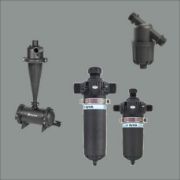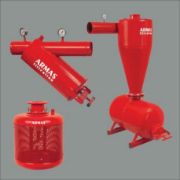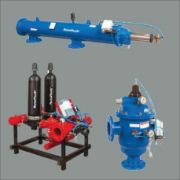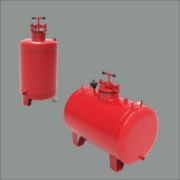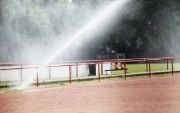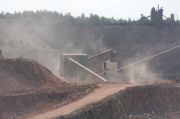Foot Valves are a form of check valve, installed at the bottom of a pump suction line, inside the water storage.
- Applications - General, Water Irrigation, Rural / Agriculture
- Material: Brass
WHAT ARE FOOT VALVES?
Foot Valves are basically the marriage of a check valve (two varieties of which I wrote about a few weeks ago) and a straining element.
They are generally used in conjunction with suction pumps to maintain pressure in a plumbing system while keeping out solids which could gum up the works.
WHERE ARE THEY USED?
Although they are often found in water wells, foot valves can be used for many systems where a liquid needs to be pumped from a lower level holding area.
In this article, I describe a spring assisted in-line check valve, as an example, since that is one of the valves we sell. You can use other types of foot valves as long as they are installed correctly.
HOW DOES IT WORK?
A suction pump draws the liquid into the foot valve’s strainer and through its check valve system. Because the spring assisted check valve responds to pressure on a continuum, the valve closes quickly when the pump shuts down, trapping the liquid in the pipe and pump before any backflow can occur.
Retaining the liquid is important, because most pumps need to be primed in order to work. Being primed means that liquid in the pipe is sufficient to create suction through the pump. Without liquid in the pipes, the pump may not be able to create the suction needed to run properly. And that, in turn, could damage the pump.
Using a household water well as an example, the pump is installed above ground, so that it can be reached for maintenance. Piping with a foot valve at the bottom is placed into the well at a level deep enough to ensure the pump always finds water. Water is pulled up a vertical pipe to the pump’s level and held in place by the closing check valve. Without that check valve, the water would seek its normal level and allow the pump to run dry.
WHY USE A FOOT VALVE INSTEAD OF ANOTHER CHECK VALVE?
So, why not just use a check valve without the strainer?
Doing so runs the risk of picking up something that could lodge itself in the valve, jamming it into the open position and causing the liquid to drain. Worse yet, that debris could find its way into the pump causing major damage.
The strainer’s restriction needs vary with the application. Processes which pull from wells unlikely to contain particulates may use a more open mesh or possibly only a perforated pipe strainer. A foot valve in a water well should have a fairly tight mesh to keep the incoming water as clean as possible.
The two pieces of the foot valve work in tandem to create cleaner intake, which will means the whole system will run better.

